Description: The Maltese breed has silk like fur and is in the toy group. They have a slightly rounded skull and a finger width dome, with a two finger width long muzzle which has a black nose, although this can change colour to a light brown or pink nose in the winter returning to the black, with sun exposure in the spring and summer months. The Maltese have pendant ears that are set low and close to the head, these are well feathered. With black eyes that are large and have black rims. The height of dogs being 8 to 10 inches, and bitches being 8 to 9 inches, and they have a weight of 6 to 9 pounds. The Maltese coat is a single layer and beautifully silky to the touch. In show dogs, the Maltese coat can be as long as 8 inches but most pet dogs' hair is kept short in a puppy, for ease. The colour of their coat is light ivory or white. This breed does not have an undercoat. So have a soft lemon colour on the ears. You can sometimes get a Maltese dog with pale orange but this is not good for the show ring.
History: The Maltese dog breed is thought to have come from the Spitz family back from the lake dwellers, bred for its small size. There is also evidence to show this breed could have come from Asia and could be related to Tibetan Terriers. Over time the true origins have been lost. There are records of this breed, in the Greek amphora in the town of Vulci, from around 500 BC. It is also said that this breed has miniature spaniel and poodle blood in their history and this breed was recognized in Malta. The Maltese is a dog that was highly prized by royalty all over the world. They have been used to sleep with, for warmth. They were first seen in England, coming Via the Crusaders as gifts. In the 19th Century, this breed nearly went extinct due to breeders trying to make them smaller and there were as many as nine different breeds within the one breed. This was stopped and the breed, we see today, was developed.
Temperament: The Maltese are small, but have good personalities, with a playful nature. They are kind and loving, highly trusting, with good intelligence, and they learn quickly. This may be a small dog, but they are quick to raise the alarm, and make a great companion dog. Getting on well with other dogs and pets, the Maltese is easy going. This dog will love to play outdoors. As with all small dogs and the way we humans treat them, you can get small dog syndrome, here we see an unhappy dog and owner. This can be prevented by remembering this is a dog, not a toy or human baby, and giving this lovely dog leadership and rules to follow is of supreme importance. If the dog thinks they are the leader, we see problems arise such as; being snappy, jealous of house guests and obsessive barking. This is not the breed traits but a show of imbalance of leadership. Socialise this dog well when young will help the dog to develop a good even caricature. This dog is slow to potty train b!
ut with firm and gentle rules, will get there in the end.
Health issues: The Maltese dog can get a slipped stifle, teeth problems, and skin problems such as sun burn in the hair partings, weak digestion, and can suffer chills.
Grooming: The Maltese dog requires daily brushing, as the hair can matt easily, depending on the length and care of grooming. Activities of the dog, will affect the time needed for grooming daily. Always remember to do this gently as this is a soft coated dog. Their eyes need cleaning daily, and bath as needed, making sure to keep the dog warm after the bath until they are dry, due to the fact they can get a chill easily. Non show dogs can have short hair making the whole process of grooming easier to manage.
Living conditions: The Maltese dog if given good exercise can live without a garden. This dog is fine for apartment life, whiles this dog loves to play it still needs walks daily to full fill its requirements.

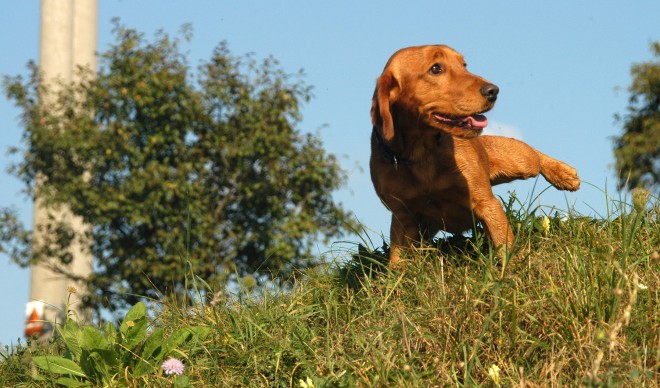 The Five Most Common Reasons For Frequent Urination In The Dog
The Five Most Com
The Five Most Common Reasons For Frequent Urination In The Dog
The Five Most Com
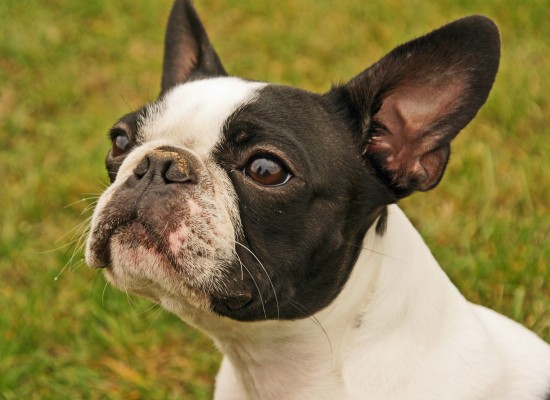 Health Issues More Commonly Seen In The Boston Terrier
Health Issues Mor
Health Issues More Commonly Seen In The Boston Terrier
Health Issues Mor
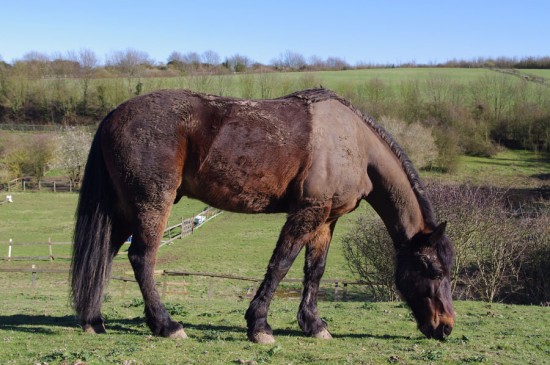 Should You Clip Your Horse Or Pony?
Should You Clip Y
Should You Clip Your Horse Or Pony?
Should You Clip Y
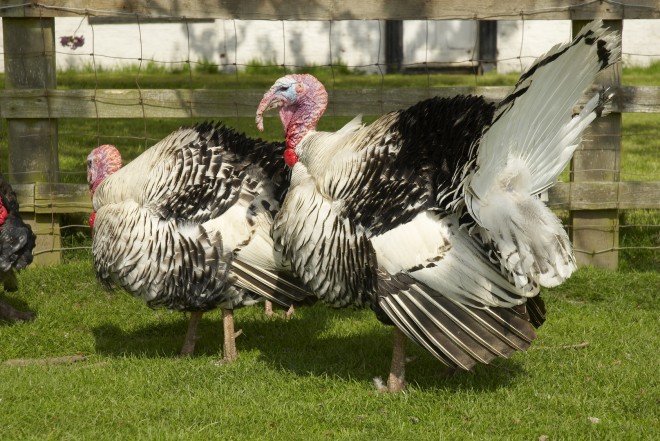 6 Amazing Breeds Of Ornamental Turkeys
6 Amazing Breeds
6 Amazing Breeds Of Ornamental Turkeys
6 Amazing Breeds
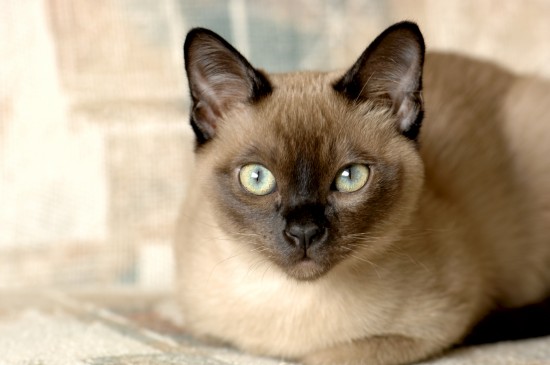 The Tonkinese Cat Breed
The Tonkinese Cat
The Tonkinese Cat Breed
The Tonkinese Cat